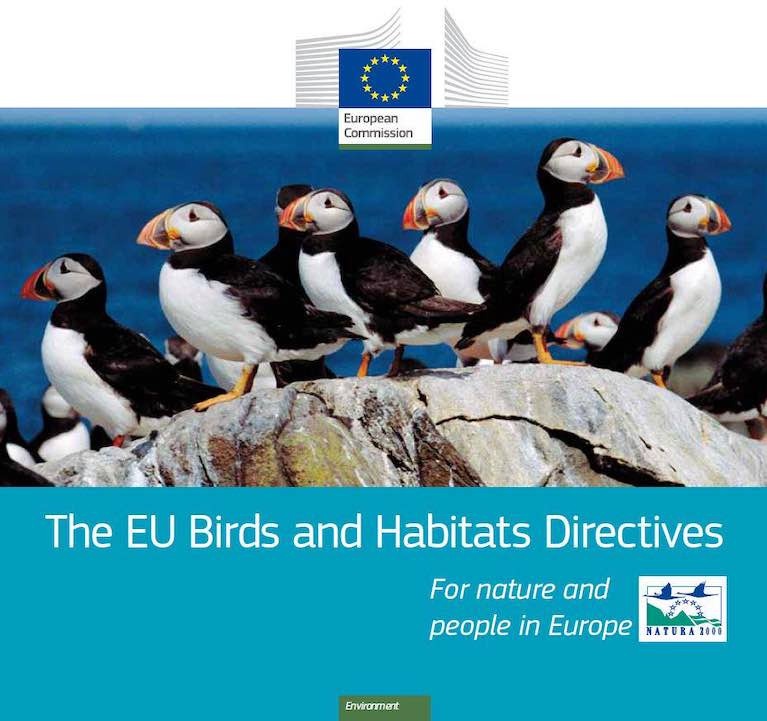Public consultation on a new report on expanding Ireland’s marine protected areas will begin “later this year”, according to Minister for Housing, Local Government and Heritage Darragh O’Brien.
A report exploring the need to expand Ireland’s marine protected areas (MPAs) to meet a target of ten per cent of the State’s entire maritime area has been given to Mr O’Brien and his junior minister Malcolm Noonan.
Ireland is aiming for 30% of its maritime area to be designated MPAs by 2030, and the report by an expert group examines the benefits and costs of doing so, and how Ireland should go about doing it.
The report has not yet been published, but Mr O’Brien said that a significant finding is that many threatened and important marine habitats, species and ecosystems that aren’t covered by the EU Birds and Habitats Directives cannot be afforded the protection necessary to meet Ireland’s international commitments and legal obligations under current legislation.
It also identifies the possibility to “greatly improve the level of stakeholder engagement and participation in the site selection and management process”, Mr O’Brien’s department said.
The advisory group on MPAs has been chaired by Prof Tasman Crowe of the UCD Earth Institute, working with 20 experts in life and ocean sciences, marine socio-economics, maritime culture, governance and legislation.
The advisory group was tasked with “providing important technical advice and recommendations on the processes required and the challenges to be addressed in the future expansion of Ireland’s network of MPAs, based on the group’s own work and on the views of a wide range of stakeholders”.
MPAs are geographically defined maritime areas that provide levels of protection to achieve conservation objectives. They support economic activity associated with the sea by ensuring that activity is kept at a level that ensures the seas and oceans continue to support life and human health. They also help reduce the effects of climate change and ocean acidification.
“Never before have we, as a nation, faced the twin global crises of climate change and accelerating biodiversity loss on land and at sea,”Mr O’Brien said.
Collective Action
“ This comprehensive report represents a “Call for Collective Action” on behalf of our people and our natural marine environment, to ensure that we can sustain clean, healthy, diverse and productive oceans and seas around Ireland, both now and in the future. Minister Noonan and I sincerely thank Prof Crowe and his colleagues for providing this valuable and timely report today,” he said.
“Not only can MPAs provide us with answers to the challenges of climate change and biodiversity loss, but they also hold a key to our future - as a maritime nation that’s home to a bountiful and sustainable source of food, green energy and tourism activity for example. In this context, later this year we will be welcoming the views of the public and all stakeholders on this report and the process that lies before us,” Mr O’Brien said.
“This is our ongoing vision for Ireland’s marine environment - one that can not only sustain nature and people and support livelihoods, but also one that brings us together to solve some very real crises of our time,” Mr Noonan added.
MPAs can take a variety of forms ranging from exclusive marine reserves to areas allowing sustainable use or restricting specific activities, the two men said.
Special Protection Areas
Ireland's future network of MPAs may include the incorporation of existing Special Protection Areas (SPAs) and/or Special Areas of Conservation (SACs) under the Birds and Habitats Directives. It may also incorporate protection measures established under the EU Common Fisheries Policy (CFP) for example, and other area-based conservation and protection measures.
Mr O’Brien said he intends to publish the Marine Protected Area advisory group’s report for an extensive period of public consultation in late 2020 and early 2021.
Further details are available at here































































